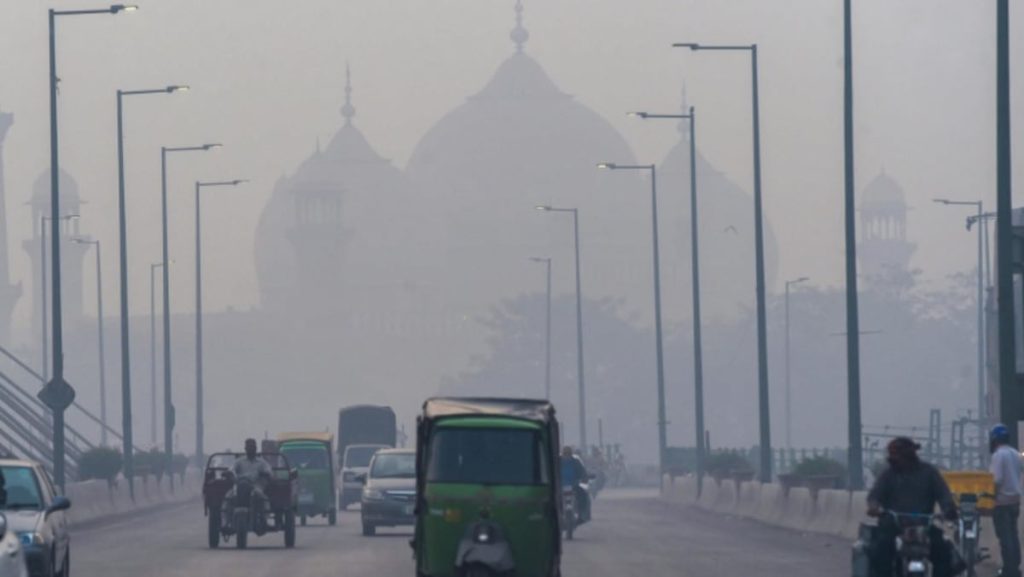A new report released on Wednesday highlighted a surprising improvement in air quality in South Asia in 2022, leading to a decline in global pollution levels. Despite this improvement, the region continues to have the most polluted air in the world, with residents losing over 3.5 years of life expectancy on average. The report, known as the annual Air Quality Life Index (AQLI), also noted that many countries globally do not have pollution standards or are failing to meet the standards they have set, putting their citizens at risk of various health problems.
For the past two decades, air pollution levels in South Asia have been increasing annually. However, satellite data for 2022 showed an unexpected 18% decrease in pollution levels. This decline was observed in every country in the region except for Sri Lanka. While it is challenging to pinpoint the exact reasons for this decrease, the report suggested that favorable weather conditions, such as above-average rainfall, may have played a role in improving air quality. Tiny particulate matter, known as PM2.5, can travel deep into the body and cause health issues.
The report emphasized that despite the improvements, people in South Asia are still breathing air that is eight times more polluted than what the World Health Organization considers safe. It also warned that it remains to be seen whether policy changes are driving the reduction in pollution levels. Continued monitoring, enforcement of policies, and assessing the impacts of interventions will be essential in sustaining these improvements over time. The importance of ongoing observation and policy enforcement in South Asia cannot be understated if long-term reductions in air pollution are to be achieved and maintained.
The surprising decline in pollution levels in South Asia had a ripple effect globally, leading to a nine percent decrease in air pollution worldwide. Despite this overall improvement, some regions experienced spikes in poor air quality, notably in the Middle East and North Africa, where concentrations increased by 13% compared to the previous year. This serves as a reminder that addressing air quality concerns requires a concerted effort and ongoing vigilance, as pollution levels can fluctuate and pose risks to public health.
The report highlighted the critical importance of continued monitoring, enforcement of policies, and assessment of the impacts of interventions to sustain improvements in air quality. It also emphasized the need for policy changes and better enforcement mechanisms to reduce pollution levels further and protect public health. The unexpected improvement in air quality in South Asia serves as a positive development, but more work needs to be done to ensure that these gains are maintained and expanded in the future. By taking proactive measures and addressing the root causes of pollution, countries can work towards creating healthier environments for their citizens and reducing the impact of air pollution on public health.


